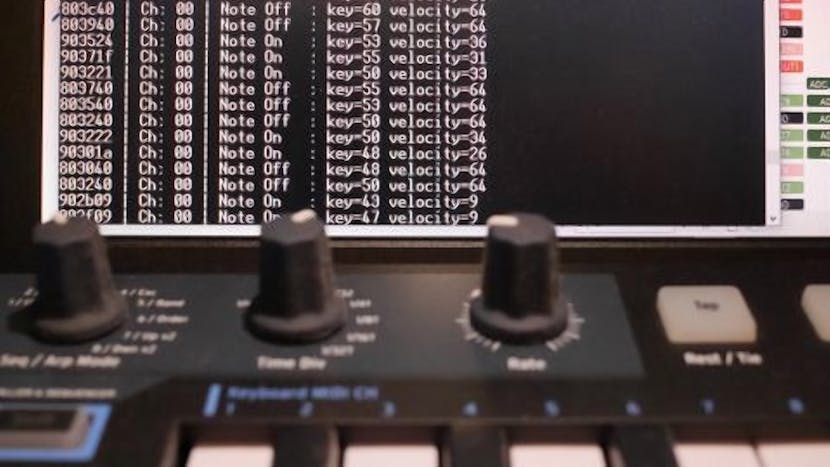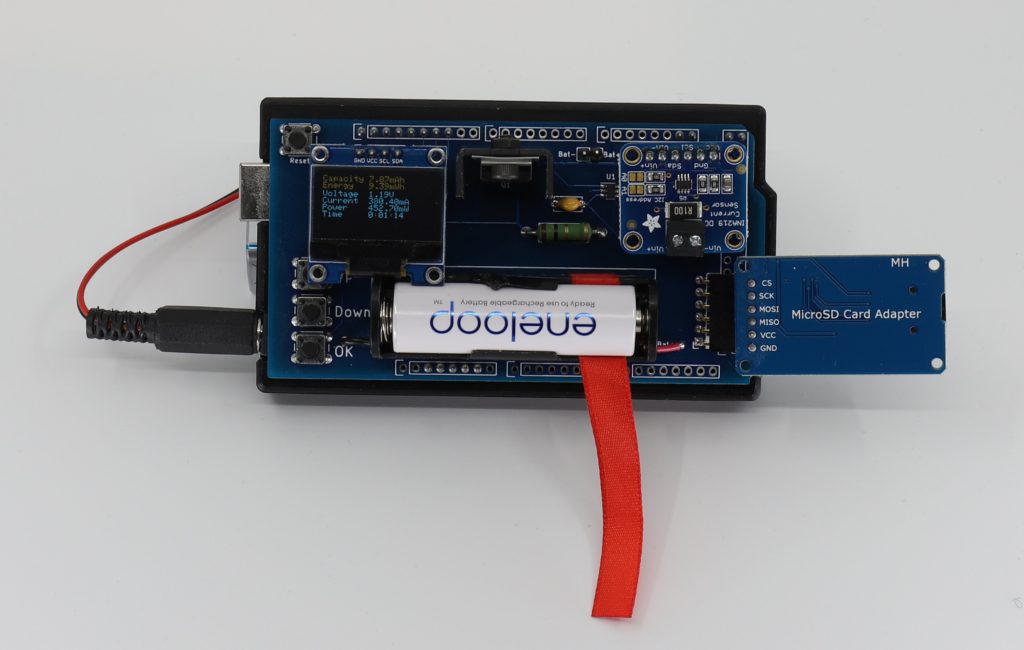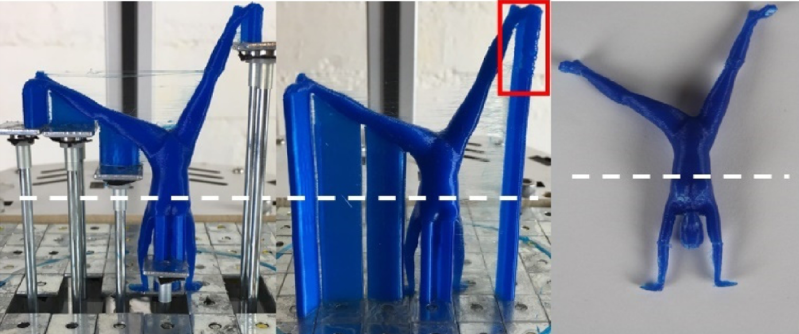Sam March can now “magically” control smart outlets with a wand that detects gestures and sends them via Bluetooth.
As stated best by the writer Arthur C. Clarke, “Any sufficiently advanced technology is indistinguishable from magic.” Internet-connected homes can certainly feel like magic sometimes, as every appliance, light bulb, and outlet can all talk to each other and relay information for increased convenience and efficiency. However, just saying a command to your favorite digital assistant or pressing a few buttons on an app isn’t that fun, which is why Sam March decided to invent a novel way of activating smart outlets — through a magic wand. By performing certain gestures, the user can cast “spells” on specific outlets through Bluetooth.






